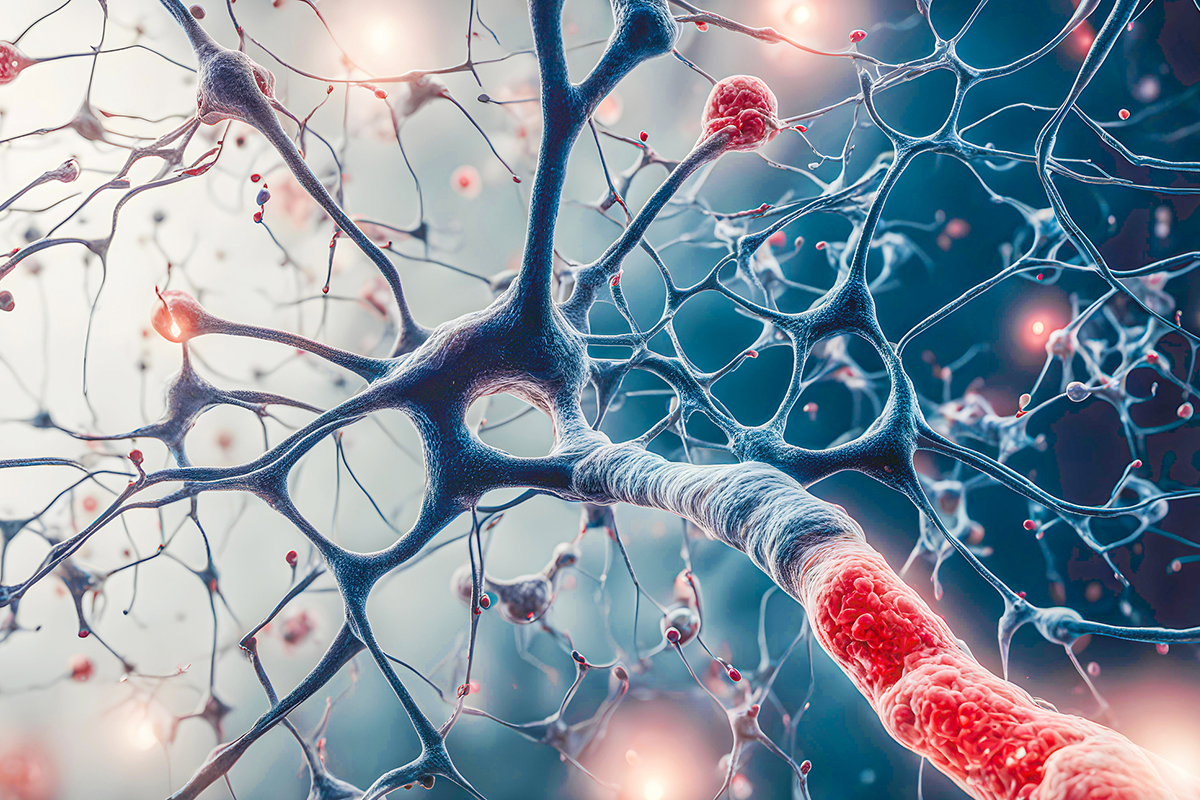The Hoffman Center is now offering IV glutathione therapy for early and late-stage Parkinson’s disease patients. Largely through the work of Dr. David Perlmutter, we now have access to impressive clinical and laboratory data that demonstrate marked improvement in symptoms of PD with the use of this therapy.
The therapy involves a simple intravenous infusion of glutathione over an approximate 30-minute period. Most patients can expect to see immediate improvements in gait, balance, motor coordination and mood.
There was a video available through Dr. Perlmutter’s website that illustrated patient gait, balance and motor coordination both before and directly after the glutathione infusion. The dramatic effects noted in the video included footage of patients who were completely unable to turn 180 degrees prior to the glutathione infusion walking and turning with ease afterward. All patients showed marked quickening of gait and noticeably improved balance. One woman who had exhibited the typical mask-like facial expression of advanced PD could smile easily after her glutathione treatment.
How might glutathione work in the treatment of PD? Can oxidative stress play a role the genesis of PD? Glutathione is a potent antioxidant that is capable of penetrating the central nervous system (brain). According to Dr. David Perlmutter’s research on alterations in glutathione levels, there seems to be both a clinical and neuropathological difference in PD patients treated with IV glutathione versus control groups. Dr. Perlmutter measured both glutathione levels and oxidized glutathione levels primarily in the substantia nigra (portion of the brain most affected in PD) in PD patients and in control groups. Glutathione levels were reduced approximately 40 percent and oxidized glutathione was increased approximately 29 percent in the patients with PD. As he points out, this altered glutathione/oxidized glutathione ratio in the substantia nigra suggests that oxidative stress may be a component in the pathogenesis of nigral cell death in PD.
Furthermore, the degree of reduction in glutathione seems to parallel the severity of the PD. Initial studies were done on patients with early, untreated PD. Patients were given IV glutathione twice daily for one month. All of the nine patients in the study improved significantly after the therapy, noting a 42 percent decline in disability. After the therapy had concluded, therapeutic effects were sustained for two to four months suggesting that in untreated PD, glutathione has symptomatic efficacy.
In a separate study, glutathione levels were compared between early and advanced cases of PD. Serum glutathione levels were significantly lower in cases of advanced PD.
Cell death in the substantia nigra is a classic feature of PD. This neuronal degeneration may be a function of oxidative stress and of mitochondrial damage. Perlmutter suggests that mitochondria are critical targets for the toxic injury induced by oxygen radicals. Although the relationship between glutathione depletion, mitochondrial dysfunction and neuronal cell death needs further exploration, seemingly the clinical improvements in PD patients who are treated with IV glutathione in addition to their traditional medications warrants consideration in appropriate PD patients.






